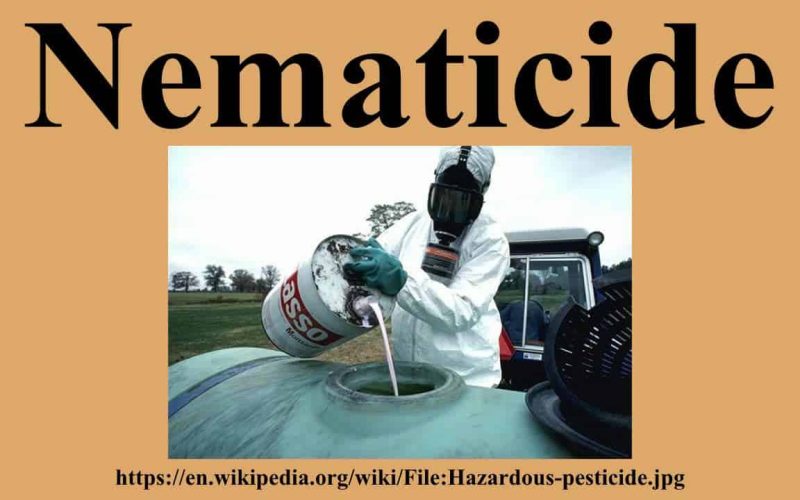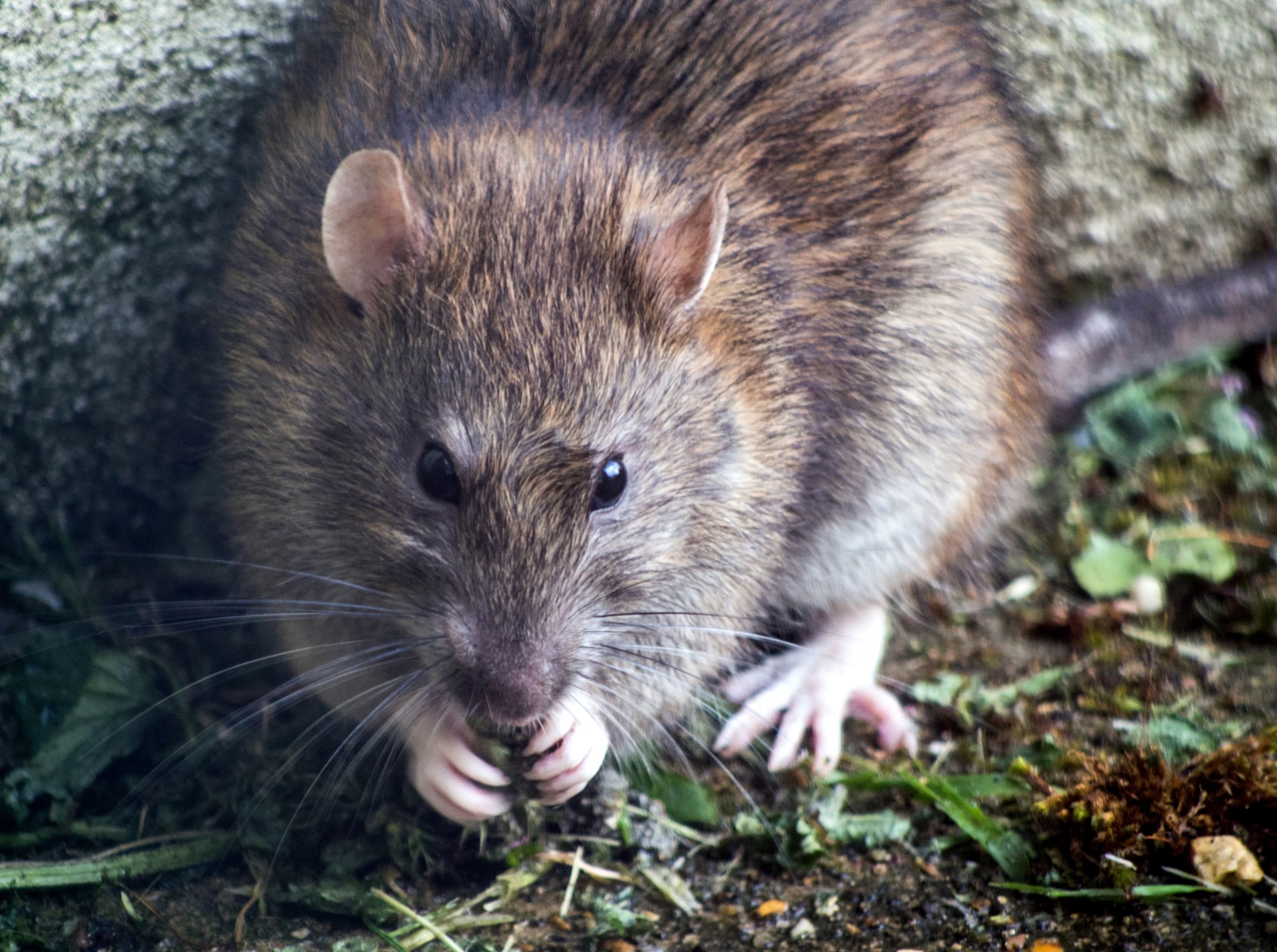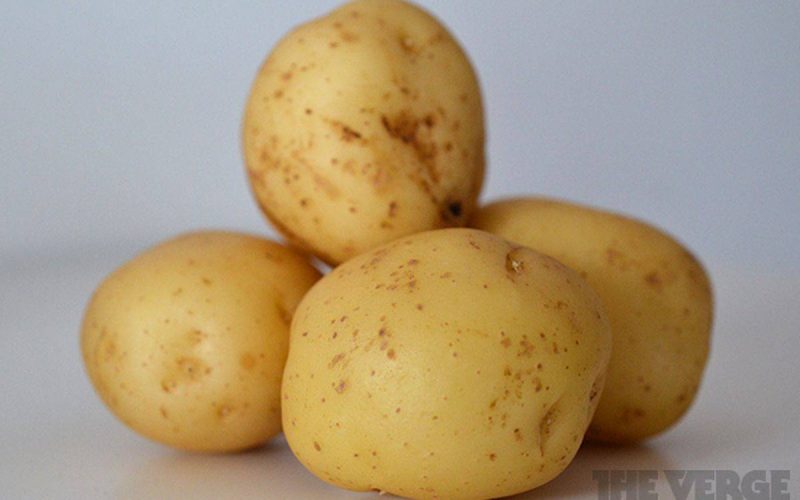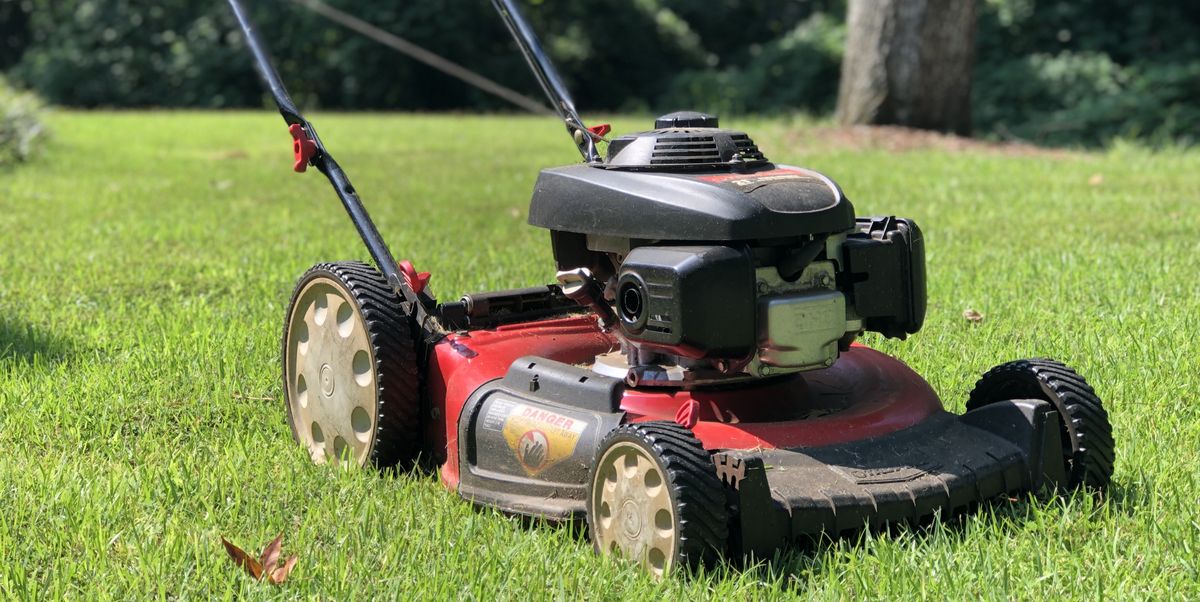Nematodes, also known as roundworms, are living organisms that belong to the phylum Nematoda. They are a variety of animals that inhabit a wide range of habitats.
They are sometimes classified together alongside insects and other animals that moult. Nematodes, unlike flatworms (Platyhelminthes), have hollow digestive systems that open at both ends of their bodies.
Distinguishing nematode species from one another can sometimes prove difficult. Due to this, there is no specific estimate of the number of nematode species that exists to date.
The 2013 survey published by Mega Journal, puts the figure of the nematode population at nearly 25,000.
Nematodes can be can be found in nearly every type of ecosystem. From freshwater to salt (marine) water, from the polar caps to the tropical regions, from the highest mountain peaks to the lowest valleys.
They are present in terrestrial, sea, and freshwater habitats where they outnumber other animals.
They can be found in every part of the earth’s land surface going as deep as 3000-12000 feet below the surface of the earth, as seen in the gold mines of South Africa.
There are approximately 60 billion nematodes per human that exist on the topsoil alone.
Most nematodes that can be found in the soil are parasitic, and they can be classified based on their feeding habits.
The most common types of nematodes present in the soil are fungal-feeders, omnivores, bacterial-feeders, predators, and plant parasites.
Nematodes perform beneficial functions in the soil. They attack and eliminate a wide range of plant pests like grubs, borers, and beetles.
They also attack microorganisms that could cause damage to plants like bacteria, protozoa, and even other nematodes. They sometimes work in conjunction with certain bacteria to kill insect pests.
Nematodes also improve soil quality by helping with the mineralization of nutrients through their feeding habits.
They help in the decomposition of soil organic matter and can be used as bio-indicators of soil health.
While the nematodes have their benefits, many have harmful effects on plant life and affect agricultural yield.
Phytoparasitic nematodes like cyst nematodes (Heterodera spp. and Globodera spp.), Root-knot nematodes (Meloidogyne spp.) and lesion nematodes (Pratylenchus spp.) are known to cause significant damage to plants which eventually results to economic and agricultural loss.
Wheat, rice, maize, sweet potatoes are examples of plants that are affected by phytoparasitic nematodes.
Burrowing nematodes like R. similis also cause damage to pepper, coffee, citrus, and bananas and leads to loss in agricultural yields.
As a result of the damage caused by nematodes, different chemical compounds have been synthesized for the control of these organisms to avoid economic loss and food safety. These chemicals are known as nematicides.
The application of nematicides in agriculture has drastically reduced the damage caused by nematodes.
History of Nematicides
Nematicides application in agriculture has been an essential tool in the control of nematodes. This chemical control method is considered to be one of the most effective and reliable means to eliminate nematodes.
The use of nematicides began in the late 19th century with carbon disulfide, a chemical that was discovered to have nematicidal properties. It was used in the control of Filorexa sp. in grapevine. Chloropicrin was also used to control nematodes in the soil.
Methyl bromide, although restricted, is classified as a fungicide, insecticide, herbicide, and nematicide. The application of methyl bromide began in the early 1940s and was a very common herbicide. It was, however, banned in developed countries by 2005 due to its negative effect on the ozone layer.
Since the banning of methyl bromide as a means of nematode control due to its toxic environmental effects, significant progress has been made in the development of alternative methods of nematode control.
Other nematicides that have been developed include 1,3-dichloropropene, metam sodium and chloropicrin, dimethyl disulfide, and allyl isothiocyanate.
Classes of Nematicides
Non-fumigant Nematicides
These are nematicides with low volatility and can quickly diffuse through the soil when dissolved in solution.
The movement through the soil profile may be influenced by factors such as rainfall or irrigation. If these nematicides occur in granular form, their movement may be enhanced by physical mixing with the soil.
The two main types of non-fumigant nematicides are carbamates and organophosphorus
- Carbamates: These are nematicides with O-CO-NH-CH3 group. They are applied to soil in water or incorporated into the soil. They include aldicarb, alsoxycarb, oxamyl, carbofuran, and cleothocarb. Examples of target crops include cotton, peanuts, rice, potatoes, bananas, coffee, wheat, cabbage, tomato, sugar cane, carrots, tobacco, beans, and corn.
- Organophosphates: These are nematicides that contain phosphorus and sulfur. They are also applied to the soil with a mixture of water or mixed directly into the soil. Examples include thionazine, ebufos, ethoprophos, isazofus, enamiphos, terbufos, and fensulfothion. Examples of target plants include potato, coffee, citrus, beans, corn, soybean, tomato, potato, and wheat.
Fumigant Nematicides
Fumigant nematicides are broad-spectrum chemicals with high volatility. They move quickly through the air spaces between soil particles as a gas.
Therefore, their movement may be impeded if soil pore spaces or pore necks are filled with water. Fumigant nematicides are not taken up by plants or bound by the soil, so they are not very persistent.
Fumigant nematicides are considered to be biocidal, acting on bacteria, fungi, seeds, and other organisms present in the soil. Its application can cause environmental disturbance and phytotoxicity.
Broad-spectrum fumigant, as well as non-fumigant chemicals, penetrate the body of the target nematode and do not necessarily have to be ingested to be effective.
Examples of fumigant nematicides include Telone II, Chlo-O-pic, Telone EC, Dominu, Paladin, Vapam, Inline, and K-pam.
Mode of Action
This refers to the lethal effect the chemicals have on specific body processes of the nematodes. Carbamates and organophosphates work by inhibiting certain enzymes that would cause nerve impulses to stop and would ultimately lead to the death of the nematode.
Isocyanate inhibits the electron transport system, leading to the inactivation of enzymatic processes.
Method of Application
Fumigant nematicides are applied to the soil in solids, liquids, or gas forms just before planting. The product vaporizes upon entry into the soil, dispersing between the aerial spaces of the soil and dissolving in the soil moisture.
However, not all members of the existing nematode population are eliminated or their eggs destroyed.Non-fumigant nematicides are generally applied to the soil as band, groove, or broadcast application.
These applications are followed by washes in the soil to achieve greater uniformity in the distribution of the chemicals. The clay content and organic matter of the soil may affect the movement of the nematicides.
Hence, these products are more effective in soils with fine textures due to the less organic matter and clay content in them. Soil water and the pH of the soil affects the amount of time in which the active ingredients of the chemical remains in the ground.
For instance, active ingredients in the carbamates and organophosphate families are acidic, and they typically degrade faster in soils with pH above 7.0.
Another method of the application of nematicides that is currently in use is the application of lower doses of active syrups, which reduce the risk of environmental pollution caused by nematicides without affecting its efficiency.
The liquid form of application is the most preferred method in areas with high nematode infestation. It is necessary to integrate the use of a chemical method of control with other control methods for the better control of nematodes.









